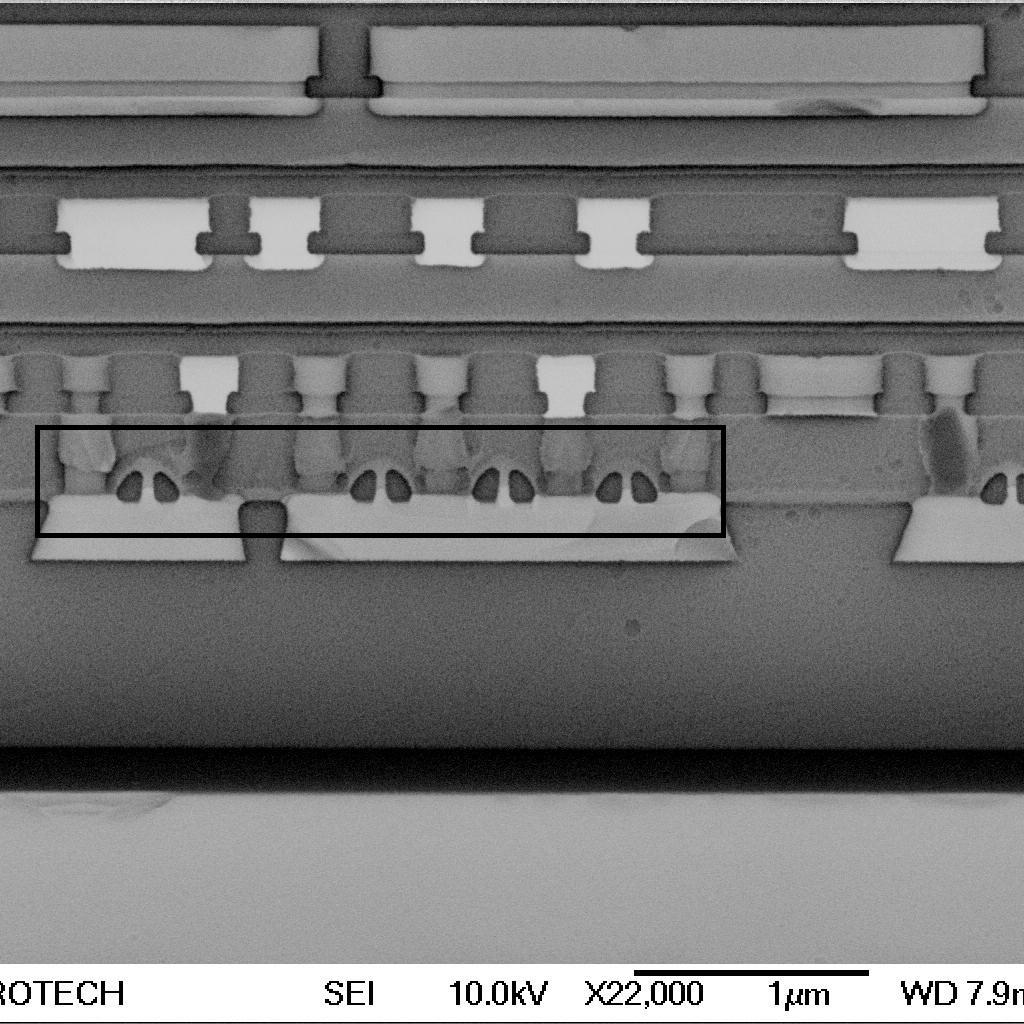I am a Group Manager at GreyB and responsible for managing all the work related to Patent Research. My role highly demands idea generation and new alternatives at various levels of project execution. I have to constantly keep on looking for ways to improve what we are currently delivering to our clients. On my quest to improve, I recently read Edward de Bono’s book on Lateral Thinking, which is a very well-known concept.
Earlier, it appeared to be yet another theoretical book on innovation but after reading the book I realized that it actually suggests implementable methods for new idea generation. Consequently, I planned to cover this concept in a workshop. (At GreyB we conduct weekly workshops to equip every team member with the best knowledge required for further growth in the company which includes management topics, law topics, latest domain happenings etc.)
Firstly, a brief about the concept of lateral thinking to distinctly understand its application. Underneath are some of the techniques:
- Generating Alternatives – A forceful attempt is to not stop after getting the solution that first pops up in mind. The technique targets selection of best solution among all the available solutions.
- Challenging the assumptions – Pre-assumptions often restrict idea generation by limiting the thought and raising doubt for out of the box ideas. Hence, Edward de Bono stressed to challenge the assumptions to reach solutions which are unthought-of otherwise.
- Techniques to generate more ideas – There are few techniques that help in idea generation.
- Fractionation – No matter how hard it may appear to crack a bundle of sticks, the same doesn’t hold for a single stick. Likewise, this technique focuses on the division of problem into smaller problems and then solving them individually to un-riddle the bigger one.
- Reverse methodology – This methodology is used to generate more ideas by chasing the problem itself.
- Analogy creation – When an analogy is created with a simpler problem, it is easy to identify a solution for that simple problem. The identified solution can be then implemented to the complex problem with some modification.
- Random Simulation – When ideas are not coming to mind and problem understanding is also not that good, simulating the situation can help in generating more ideas.
Instead of directly telling the points in the workshop or taking them through the book, I thought of making the team members generate new ideas in real-time, during the workshop, using the above techniques. At GreyB we experiment a lot with new ideas, so I thought there cannot be another way to better experiment with this technique. My idea was if they are able to successfully generate ideas, the above methodology works, if not, then this is more or less a theory.
The workshop started with a simple question “What can we improve in the way how we execute our projects?” and team members were looking astonishingly at me. This was not usual for them in a workshop. They thought something happened in a current project due to which I am asking them this question, but they continued to share their suggestions. The points were suggested in all directions possible like improvement in tools, improvements in project process and some on the aesthetics of the deliverable. But after less than 10 ideas, a lull ran in the room. Nothing more!
At this time I introduced the Fractionation technique. Using the fractionation technique, we all segregated the ideas in clusters and focused more on making our deliverables easy to consume. To my surprise, as we were doing segregation, more ideas popped.
An unexpected pause and then some more! Then we again reached a limit.
Then I thought to try next technique – Reverse Methodology. I introduced chasing the ideas in an opposite manner. This time, instead of asking about ideas I questioned, “What problems client might be facing with our deliverables?”
Here, reversing their focus from solution to problems gave them more points to ponder. This means rather than finding new ideas/solutions they have to list down probable problems. Finding problem areas is easy for everyone. There we had a long list of problems that possibly our clients may be facing while reviewing our deliverable. Every small thing from opening the email to reviewing the result was covered. After collecting the problem points, it was very easy for them to look for solutions.
Post these two strategies, we were slowly moving into the area where it became difficult to think of solutions as well as problems. One member gave a suggestion why don’t we ask a client for feedback. You know we don’t fill feedback forms until there is something bad to share. This posed another question, “How can we get feedback from a client?” Team members were short of ideas as it is not easy to be in client’s shoe to suggest solutions. It was time to try out the third approach i.e. the Analogy Creation.
As a result, we linked this situation to the situation of a restaurant where team members were customers and shared what it’s like to fill a feedback form after having food. The discussion jumped off the roof as all members poured in many ideas at the same time.
After collecting the points, we reverted to the subject of making our deliverables better. We did a simulation by making a pair of two team members in which the two team members were from two different teams, like one member of the Patent Search team and one of the Patent Analytics team. Next, they presented their deliverable to each other. I asked them to note the points where they are facing difficulty while understanding the deliverable. At the end, I got pages full of ideas from every member.
Indeed, putting De Bono’s teachings to test proved a great deal. We enjoyed as well as created some out of the box solutions. Now after the workshop, I can see that team members don’t come up with only problems or with just one solution which first comes to their mind. But, they come up with multiple solutions and the brainstorming discussions have moved a step ahead from just identifying a solution to focusing on the best solution.
I will recommend teachings of lateral thinking to every manager to get the best out of the team.
Authored by: Shikhar Sahni, SVP, Operations.









